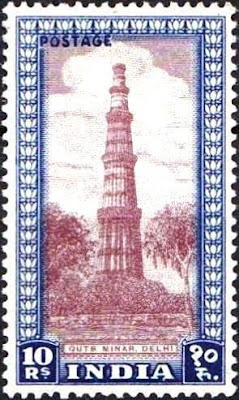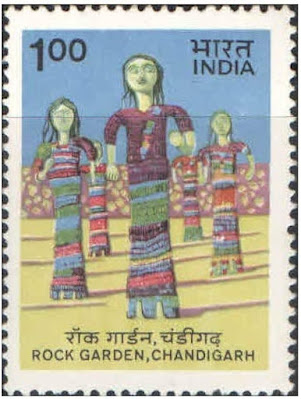Diwali, also known as the Festival of Lights, is one of the most celebrated festivals in India and among Indian communities worldwide. This vibrant, multi-day festival symbolizes the triumph of light over darkness, good over evil, and knowledge over ignorance. Here’s a closer look at its traditions, significance, and festivities:
Significance and Legends
Diwali is deeply rooted in Hindu mythology, with different regions associating it with various legends:
- Return of Lord Rama: In northern India, Diwali celebrates the return of Lord Rama, his wife Sita, and brother Lakshmana to Ayodhya after 14 years of exile and a victorious battle against the demon king Ravana. To welcome them, people lit oil lamps, symbolizing the victory of light over darkness.
- Goddess Lakshmi: In many parts of India, Diwali is dedicated to Lakshmi, the goddess of wealth and prosperity. It’s believed she descends to earth on Diwali night, blessing those who keep their homes clean, bright, and welcoming.
- Lord Krishna and Narakasura: In southern India, Diwali marks Lord Krishna’s triumph over the demon Narakasura, who had terrorized the people of his kingdom.
Rituals and Customs
- Lighting Diyas and Decorating: Homes and streets are illuminated with oil lamps, candles, and decorative lights to ward off darkness and attract prosperity.
- Rangoli: People create vibrant patterns called rangoli using colored powders, flowers, and other materials at their entrances to welcome guests and auspicious energy.
- Fireworks: Firecrackers are set off as a symbolic gesture to ward off evil spirits and celebrate joyously.
- Prayer and Offerings: Devotees perform special prayers, or pujas, especially for Goddess Lakshmi and Lord Ganesha, the remover of obstacles. In Bengal, Diwali coincides with Kali Puja, worshipping Goddess Kali.
- Exchanging Gifts and Sweets: Friends and family exchange gifts, sweets, and greetings as an expression of love, goodwill, and unity.
Five Days of Diwali
Diwali is typically celebrated over five days, each with unique customs:
- Dhanteras: Marks the beginning of Diwali; people buy gold, silver, or utensils, considered auspicious for wealth.
- Naraka Chaturdashi (Choti Diwali): Celebrated a day before Diwali, focusing on cleansing and decorating the home.
- Lakshmi Puja: The main Diwali night, dedicated to worshipping Goddess Lakshmi and lighting lamps.
- Govardhan Puja: Marks Lord Krishna’s protection of people from a storm by lifting Mount Govardhan.
- Bhai Dooj: Celebrates the bond between brothers and sisters, where sisters pray for their brothers' long life and prosperity.
Global Celebrations and Adaptations
Beyond India, Diwali is widely celebrated in countries like Nepal, Sri Lanka, Malaysia, Singapore, Mauritius, Fiji, and Trinidad and Tobago, as well as by the Indian diaspora worldwide. Each region adds its unique traditions while keeping the festival’s essence.
Diwali is a time of joy, family gatherings, and cultural unity, lighting up both lives and homes with a spirit of warmth and new beginnings.
















